#19th century bridge
Text
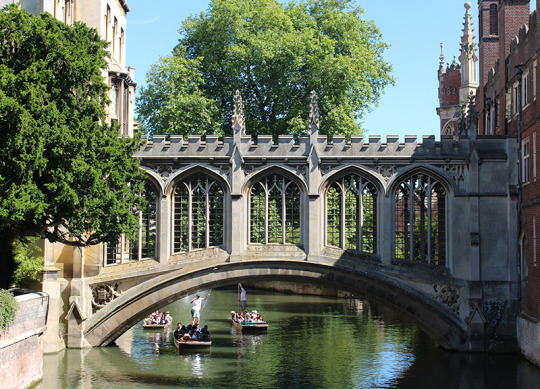
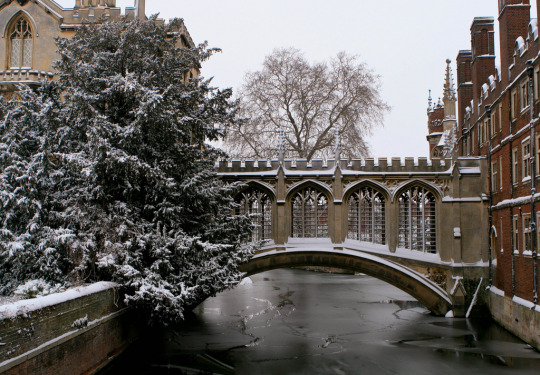


The Bridge of Sighs, St John's College, Cambridge University. UK.
Almost 200 years old, the only College bridge built in the Victorian Gothic Style (by architect Henry Hutchinson)
Top two images - photographers unknown.
Third image - William Henry Fox Talbot, c. 1844. Courtesy of The J. Paul Getty Museum, Los Angeles
The last image includes Wren Bridge, photographer: Harold Jeffreys, 1916
W. H. Fox Talbot was an inventor and pioneer of photography
To read more about the bridge, go here
#cambridge#bridge of sighs#gothic architecture#victorian architecture#stunning bridges#beautiful architecture#willian henry fox talbot#wren bridge#river cam#english architecture#19th century bridge#henry hutchinson
4 notes
·
View notes
Text

Liberty Bridge, Budapest (1896, rebuilt 1945)
#dark academia#light academia#classical#academia aesthetic#escapism#academia#books and libraries#classic literature#books#architecture#bridge#liberty bridge#budapest#1800s#19th century#1900s#20th century#green#beautiful#scenic#royal core#cottage core#aesthetics#mood#vibe#tumblr
519 notes
·
View notes
Text

De Scott Evans (1847-1898)
"Daisies" (c. 1885)
Oil on linen
Located in the Crystal Bridges Museum of American Art, Bentonville, Arkansas, United States
Depicted is the artist’s signature, in the pseudonym S. S. David, appearing on a scrap of paper nailed to the wooden panel beneath the precarious bouquet, at risk of being washed away.
#paintings#art#artwork#still life painting#flowers#de scott evans#oil on linen#fine art#crystal bridges museum of american art#museum#art gallery#american artist#daisy#daisies#trompe l'oeil#history#1880s#late 1800s#late 19th century
204 notes
·
View notes
Text
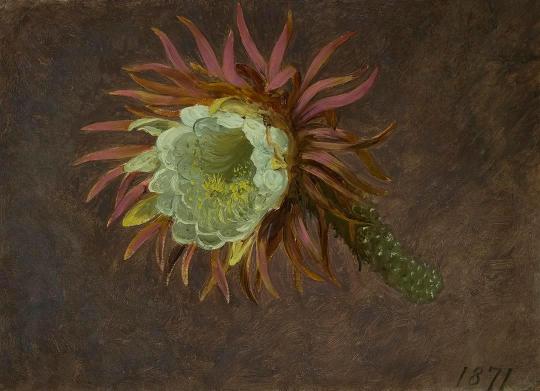
Study of a Night-Blooming Cereus, Martin Johnson Heade, 1871
#art#art history#Martin Johnson Heade#still life#floral study#flowers#Luminism#Hudson River School#American art#19th century art#Crystal Bridges Museum of American Art
132 notes
·
View notes
Text
on reflection, i think there's a symmetry to, say, doctors who are willing to refer patients to osteopaths or other ""holistic"" healthcare providers and the susceptibility of engineers to certain kinds of crankdom (of the "i-disproved-relativity-in-my-garage" type). both are forms of scientific training of a sort, but they're heavily outcome-focused and not theoretically focused. in large part, this is good! you do not as a doctor need to have a robust theoretical defense of every treatment you provide to patients, and it would be impossible to do so, because medicine is a huge and complicated subject. you do not, as an engineer, need to have a subtle grasp of theoretical physics to build a bridge; you just need to know what the latest developments in bridge-building are.
but it means in both cases you can have people who are skilled in their field, or who even excel, but who don't understand very well why certain techniques work. and in the case of alt medicine, where there has been considerable work to try to obfuscate or deceive people on how shaky the theoretical basis for their techniques are (stuff that literally if you remember your high-school physics and biology at all will make you go, "wait, there is no plausible mechanism for this, that's not how any of this works"), doctors who do not have time to read studies on RCT trials of every type of medicine they have ever heard of will blithely recommend stuff to patients that's actually complete horseshit, especially if the culture around them has been normalizing that woo as part of "holistic" therapy for the last hundred years, spurred on by alternative medicine practitioners and a public with a fear of needles and ~chemicals~ that medical practitioners have not done enough to allay.
it does not help that medicine only emerged very recently from being about 99% bullshit. like maybe at the end of the 19th century at best medicine was starting to be put on a broad-based empirical and theoretical footing--before that it's truly insane the stuff that wasn't just considered perfectly normal medical practice, but was considered serious Science. i mean, this is why we developed double-blind studies in the first place--because theoretical explanations of medical treatments are still necessarily often secondary to the process of finding ones that actually work, so we need really robust mechanisms to avoid confirmation bias or outright charlatanry. and while mainstream medicine is far from perfect in this respect, "alternative medicine" is all far, far worse.
#imagine if bridge-building was still trial and error half the time#like medieval cathedral building#that's probably not very fair to medicine#like we've gotten so much better in just the last seventy years#at targeted medical research#but still sometimes we develop new treatments#and we're like 'idk why this works but i'm pretty sure it does'#psychology still feels like it's full of individual practitioners with idiosyncratic theories#inventing therapies in an ad-hoc way#like ye olde 19th century doctors#but psychology is still theoretically very weak#so that kinda makes sense to me
96 notes
·
View notes
Text

Young sculptors on a bridge in Paris, the old Trocadero in the distance (1888) by Carl Ernst von Stetten.
#art#aesthetic#painting#portrait#artwork#portraiture#art history#19th century#light academia#romantic academia#paintings#oil painting#classical art#fine art#classic art#light aesthetic#oil on canvas#1800s#young sculptors on a bridge in paris#the old trocadero in the distance#carl ernst von stetten
238 notes
·
View notes
Photo

Untitled, Fidelia Bridges, 1876
Watercolor on paper
13 ⅞ x 9 ⅞ in. (35.2 x 25.2 cm)
Smithsonian American Art Museum, Washington, DC, USA
#art#painting#fidelia bridges#watercolor#women artists#female artists#1870s#19th century#smithsonian american art museum#american#flowers#100 notes
292 notes
·
View notes
Text

Ice Rink by August Piepenhagen, 1840s-1850s.
#classic art#painting#august piepenhagen#german artist#19th century#landscape#nature#people#trees#bridge#ice#winter
29 notes
·
View notes
Text
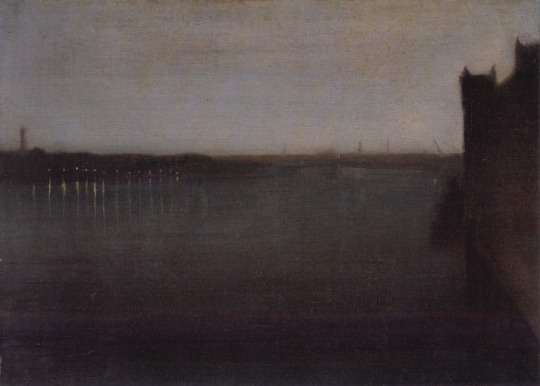
Nocturne in Grau and Gold, Westminster Bridge (c.1871-1874, oil on canvas) | James McNeill Whistler
#art#fine art#painting#oil painting#19th century#nocturne in grau and gold Westminster bridge#james mcneill whistler
28 notes
·
View notes
Text
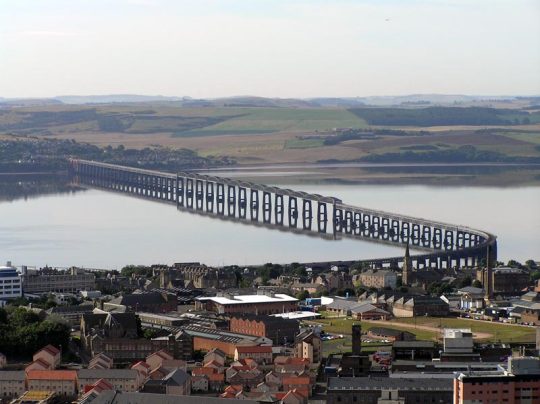

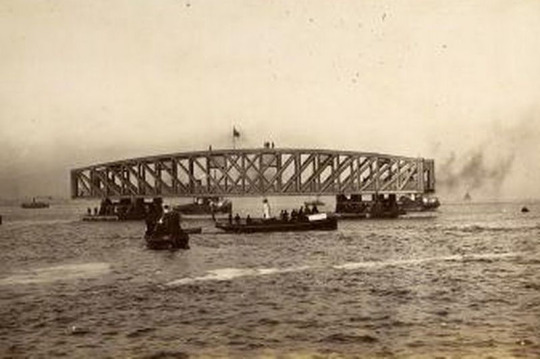

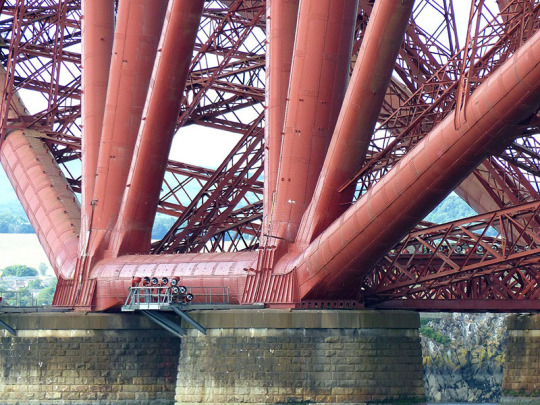
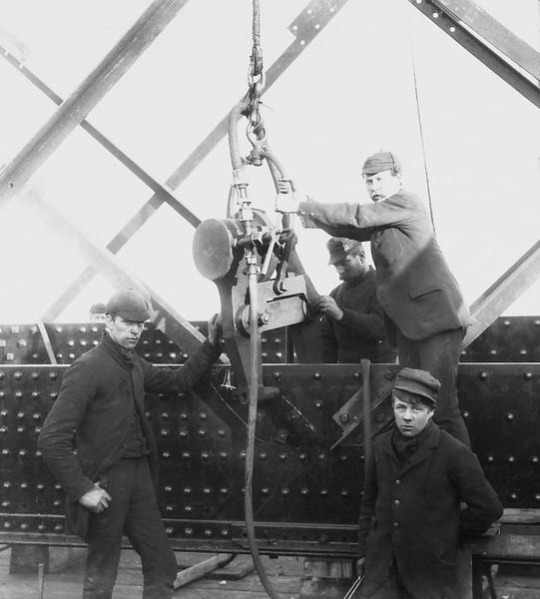



William Arrol – Scientist of the Day
William Arrol, a Scottish civil engineer, died Feb. 20, 1913, at the age of 84.
read more...
#William Arrol#civil engineering#bridges#histsci#histSTM#19th century#history of science#Ashworth#Scientist of the Day
16 notes
·
View notes
Text

View of a new bridge in Paris during the Napoleonic era, around 1800
Unknown artist
(Bavarian State Painting Collections)
#painting#unknown artist#anonymous#Paris#France#napoleonic era#napoleonic#French art#Bavarian State Painting Collections#Paris during the Napoleonic era#Paris under Napoleon#bridge#seine#river seine#seine river#first french empire#french empire#19th century
12 notes
·
View notes
Text
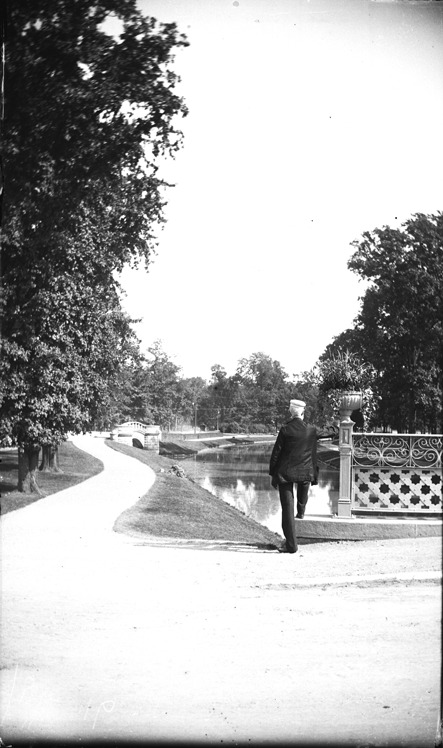
View along canal, with man leaning on bridge panel in center of frame. Bridge is made of elaborate metal panels, with urn full of plants on end. Arched stone bridge on branching canal. Recorded in glass negative ledger: "D/Parks-Belle Isle, August 1898." Emulsion slightly damaged at edges and corners.
Burton Historical Collection, Detroit Public Library
#belle isle#detroit#detroit history#1898#glass negative#bridge#brdiges#canals#19th century#detroit public library
26 notes
·
View notes
Text
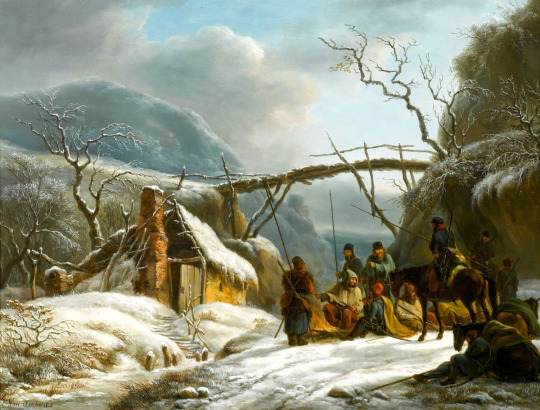
Henri Van Assche (1744-1841)
"A Winter Landscape with Resting Lancers by a Bridge" (1814)
Oil on panel
#paintings#art#artwork#genre painting#landscape painting#henri van assche#oil on panel#oil on wood panel#fine art#belgian artist#genre scene#lancer#snow#winter#bridge#1810s#early 1800s#early 19th century
65 notes
·
View notes
Text

Huron Street Bridge by Moonlight, by John Stobart 1997
57 notes
·
View notes
Text


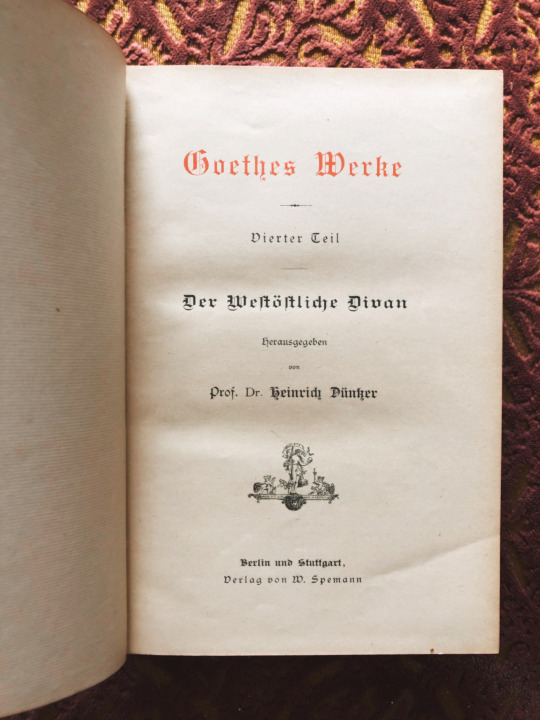
The "West-Eastern Diwan" by Goethe - A bridged beauty between Occident and Orient.
Published by Prof. Dr. Heinrich Düntzer, Berlin and Stuttgart, 1878.
It is said, that Goethe used the "oriental mask" to cover his pantheistic ideas, speaking trough the lips of the newly translated poets.
Next to the Hafez' poems, which where published and translated by the orientalist Joseph von Hammer, other literal and scientific sources were used as inspirational impact and to refine the tone of the great masters of Oriental poetry, like the academic achievements of Prof. Wurm, Prof. Paulus (Orientalist in Heidelberg), other translations of cultural impact like Rückert's "Östliche Rosen" (~ Eeastern Roses) the Mewlana-Transaltions of 1819 and the collection of August von Platen called "Ghaselen", Goethe corresponded with Boisserés and with one of the Grimm brothers.
Wilhelm von Humboldt praised the authencitiy of Goethe's work.
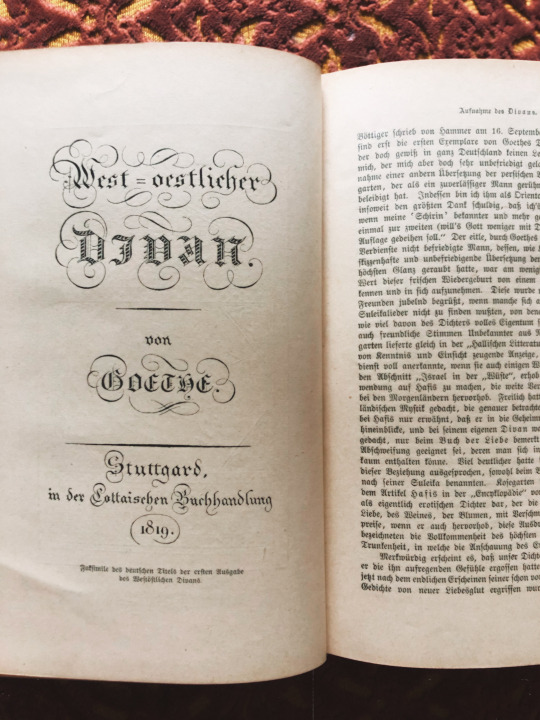

The "East-Western Diwan" is the last great cycle of poetry Goethe has wrote, his interest for Persian poetry arised in the time of the Rheinbund.
It can be traced, that this period of time disillusioned him, the diving into another time and continent is essential for escapism,
but as Goethe and his field of interest and curiosity is as deep as wide, he must felt like thrown like a freed bird into new heavenly realms.
The "Diwan Atmosphere" was created by reading several works and taking in Oriental elements.
So we can find "Madschnun and Leila" interwoven in the heart-shaking correspondence between Suleika and Hatem in the "Book Suleika". Expressions of the Dervish Hafis of Shiraz can be found, Tarafas, Labid (Prophet Mohammad called him the poet, who said the most true words; Labid converted to Islam and wrote eologies, but it is said, that he stopped practicing ?), Zoheir, Saadi and Hafez.
Saadi was also known as a sheik and was called "Poet-King" (or King-Poet, if you like :P) and if we would compare the structure of the poems, it is more likely, that Goethe imitated Saadi, rather than Hafez.

Goethe is playing wonderfully with expressions, merging wine and tears, praising the dust of the lover as better than safran and comparing the loved one to a drop of water and the lyrical-I as desert sand.
Numerology is emphasising the cultural background, drawing a link between the poet and the priest, pairing mystics and religion into ecstatic relief.
This wonderful work is a gift, for everyone, who sometimes had the feeling of getting ripped apart by two forces. It feels like the made-up gap between Europa and Asia is nothing but a fiction,
like a forgotten song of our cultural cradle.
Let us share the pomegranates of our culture, let us nourish from unkown fruits to break our borders, to sharpen our discernment,
to truely lift our feet and recognize the extraordinary.

#antiquarian book#world literature#19th century literature#book#reading#Goethe#East-Western Diwan#Östwestlicher Divan#cultural bridge#Persian poetry#Arabian culture#Oriental#Orient#poetry#poets#German poet#Johann Wolfgang von Goethe#1878#old book#antiquarian
10 notes
·
View notes
Text
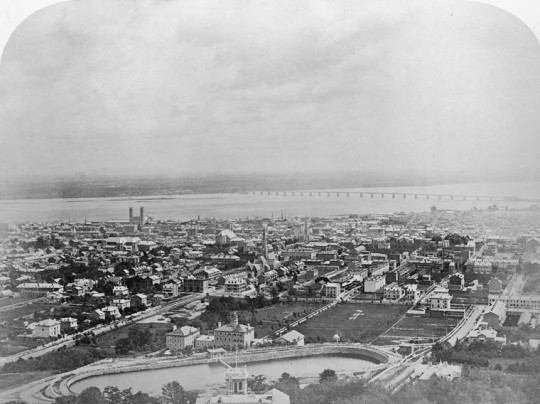
Montreal, view from Mont Royal, 1865
#Montreal#19th century#1865#Victoria Bridge#skyline#cityscape#urban#historical#photography#hide and queue
10 notes
·
View notes